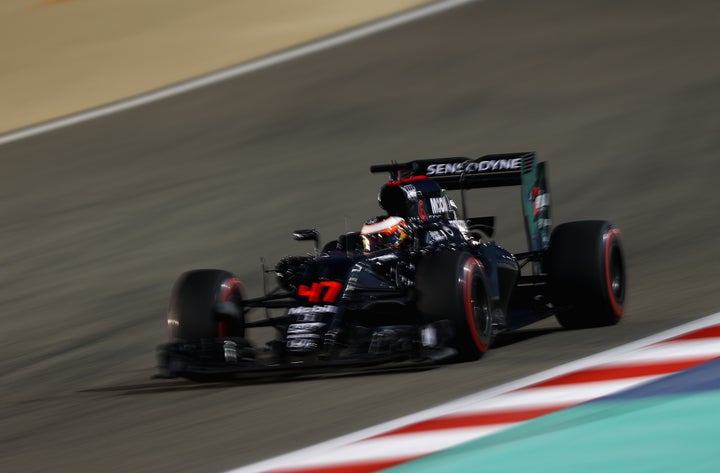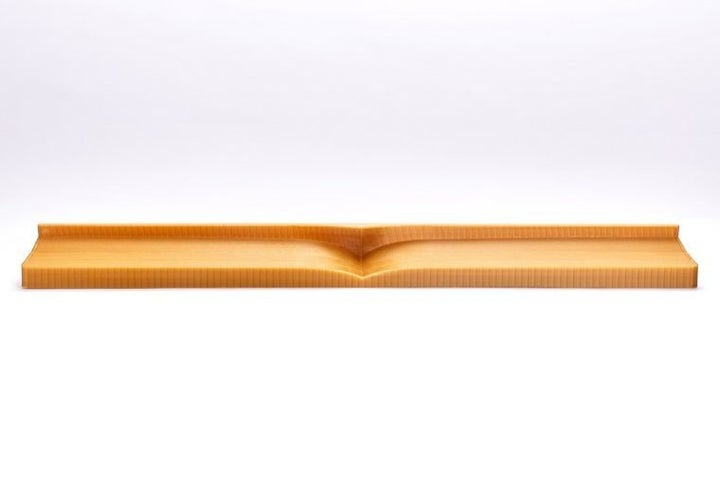In Formula 1, every millisecond counts – and it’s not just on the track that timings matter.
Pushing out a design update to a car ahead of the competition can mean the difference between victory and defeat.
When McLaren’s director for design and development, Neil Oatley, joined the firm in 1986, engineers were rolling out just one new front wing a season.
Nearly three decades later, five new front wings are fitted a year and the cars undergo upgrades every 15 to 17 minutes during races.
The pressure of constant prototyping has made 3D printing a valuable resource for engineers in Oatley’s team and others across the sport.
Now, McLaren-Honda is taking its investment in the tech to the next level as it prepares to deploy a portable 3D printing machine trackside in Bahrain next week.

The machine will let engineers create and install new parts during the race weekend, a first for the team.
But 3D printing isn’t confined to onsite tweaks.
Thanks to the tech, Oatley explained the team will deliver a major upgrade this weekend as it seeks to fight back from its position of ninth in the constructors’ standings:
“In the race in Australia, a week and a half ago, we introduced a new front wing which was run on Fernando Alonso’s car.It was a prototype, but it featured a lot of new ideas. That worked well, but we needed a new rear wing to go with it.
“We had one in the pipeline that was scheduled to start on the grid in Russia. On the Monday and Tuesday after Australia, the engineering staff got together to ask how can we bring this forward by two races.”
The solution was to adopt a revolutionary manufacturing technique that involved building part of the wing using a mould from a 3D printer.
The completed wing was flown out to China over night on Thursday ready to be fitted to Alonso’s car for this weekend’s race.
“A new rear wing in two week’s is quite an impressive improvement on the rate we can develop things,” Oatley said.

In a locked room in McLaren’s technology centre in Woking, 3D printers delivered by US-based Stratasys whir away, creating components for the firm’s F1 cars.
The products are divided into two categories: those used to mould carbon fibre parts, such as wings and ducts, and smaller 3D parts which are used in the car.
In addition to the rear wing set to be raced this weekend, McLaren’s F1 cars include 3D printed radio harnesses and hydraulic brackets, as well as brake cooling ducts made from 3D printed moulds.
As the tech advances, Oatley hopes the team will manufacture more parts in 3D printers, with steering wheels earmarked as a potential application.
Breakthroughs in F1 often work their way into the motoring industry and 3D printing is unlikely to be an exception. While the tech is currently too expensive for mass production, some experts claim it’s only a matter of time till we’re all driving cars made from parts built in 3D printers.
